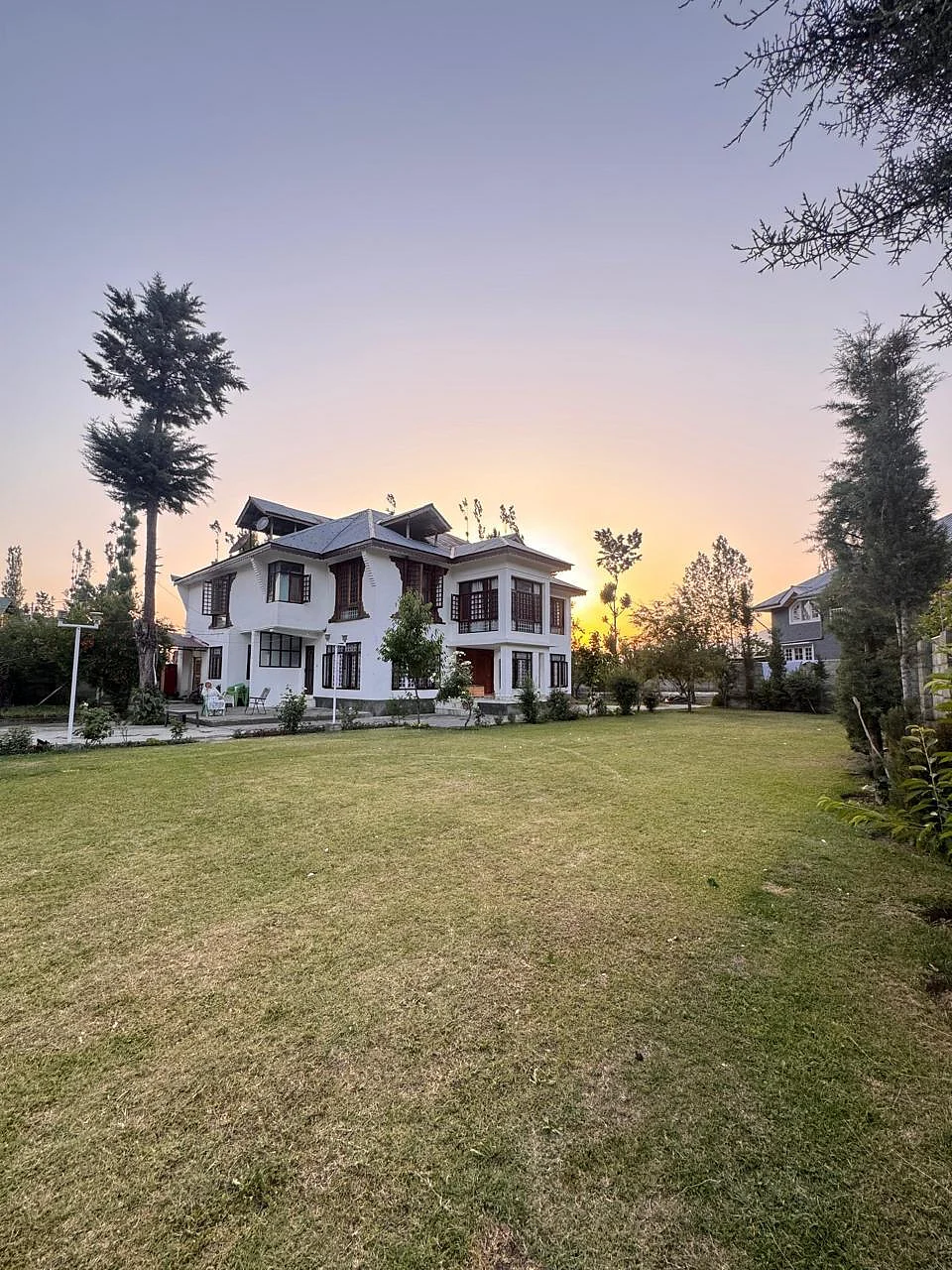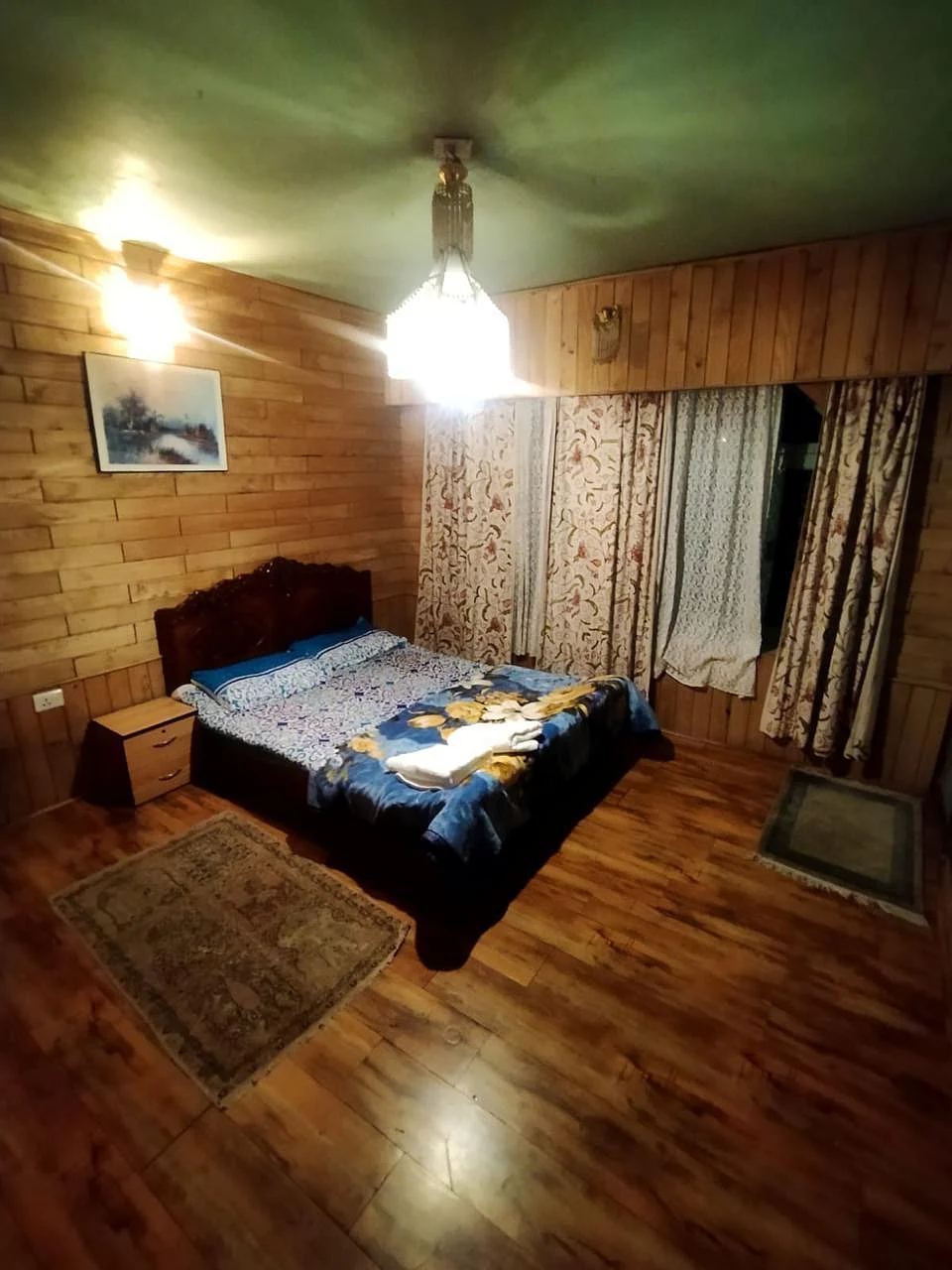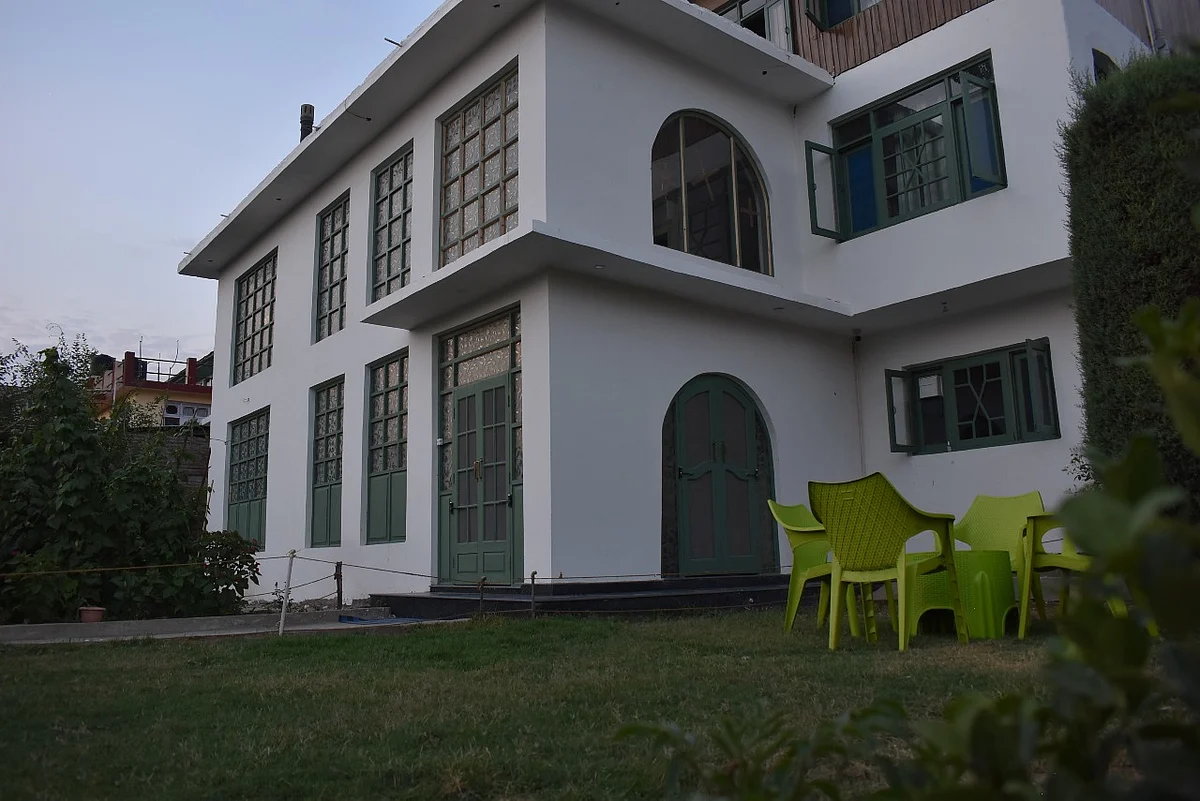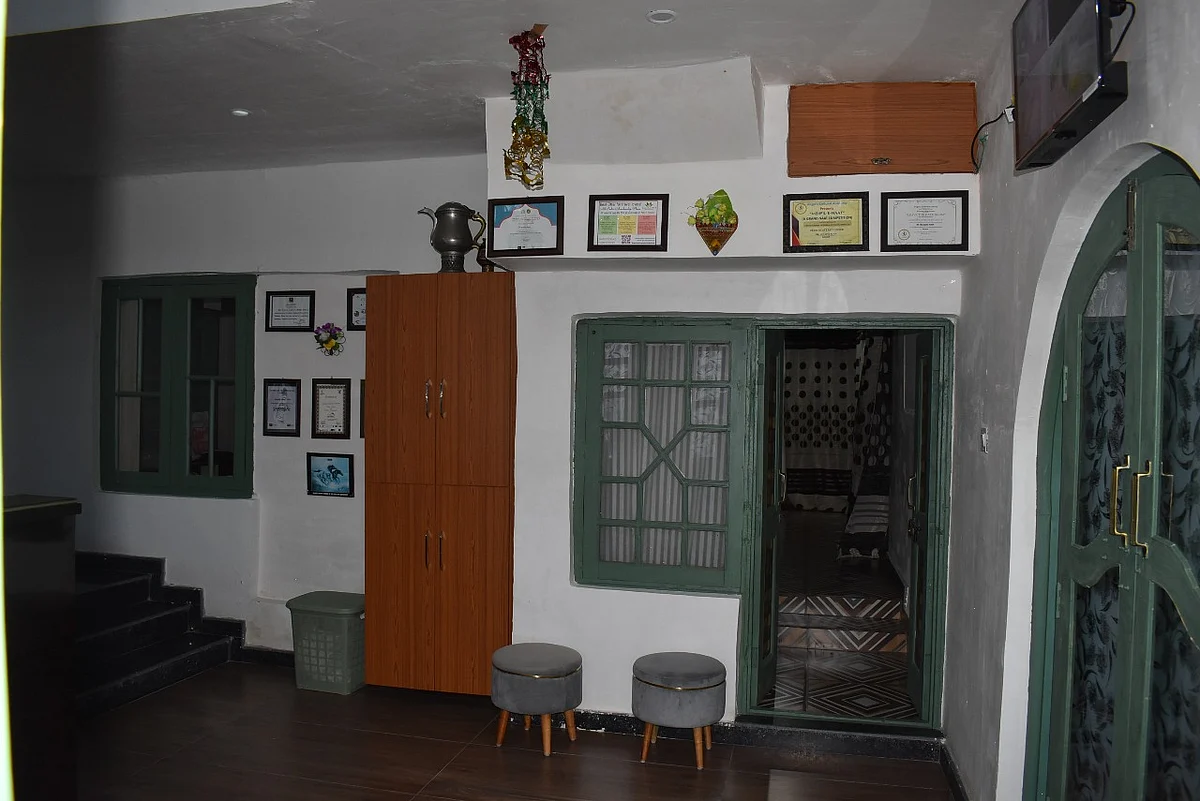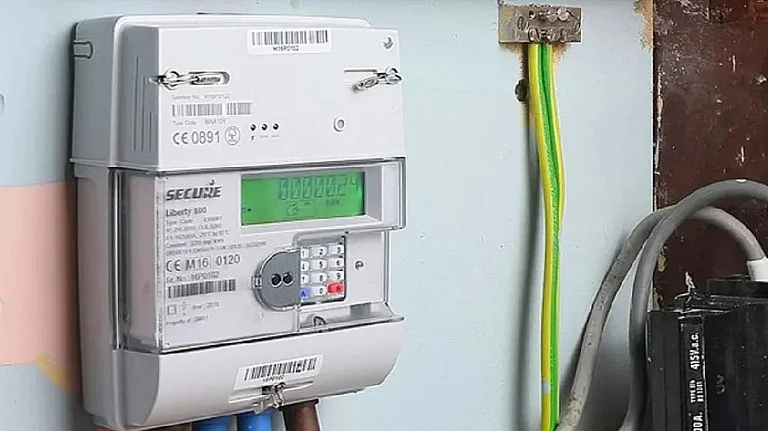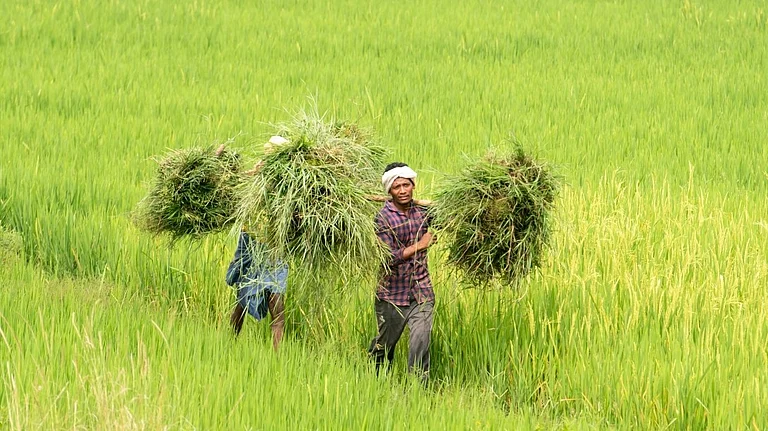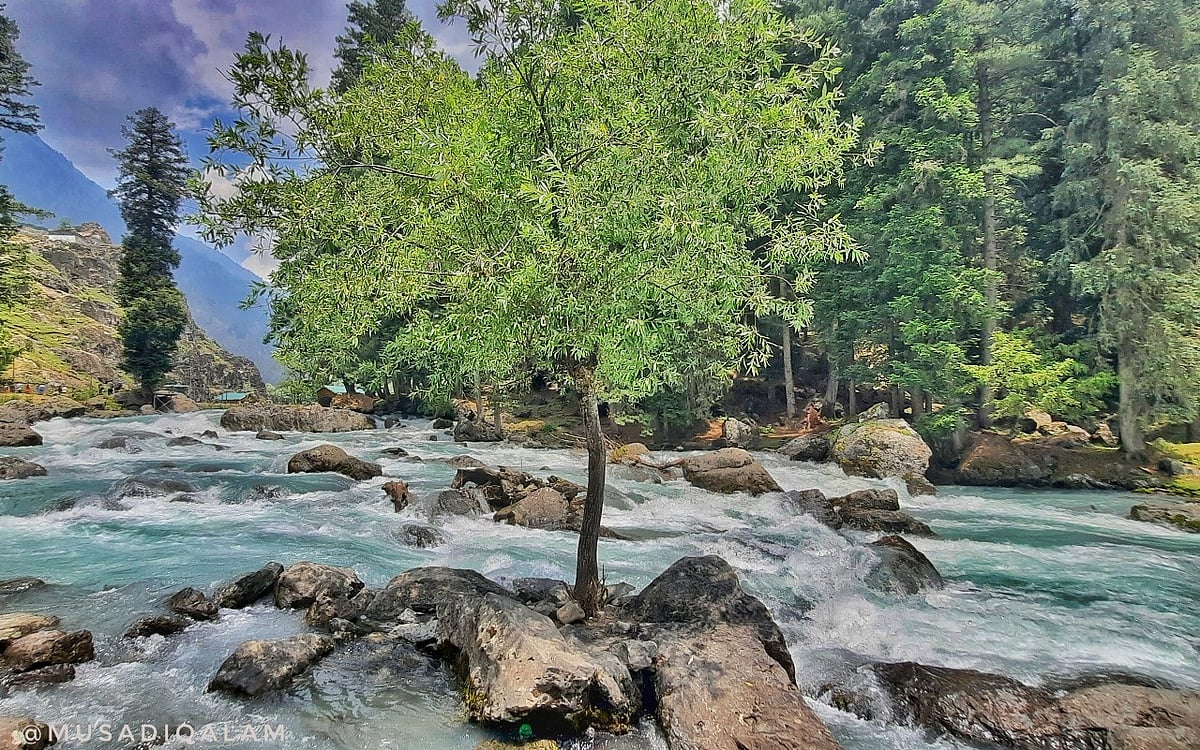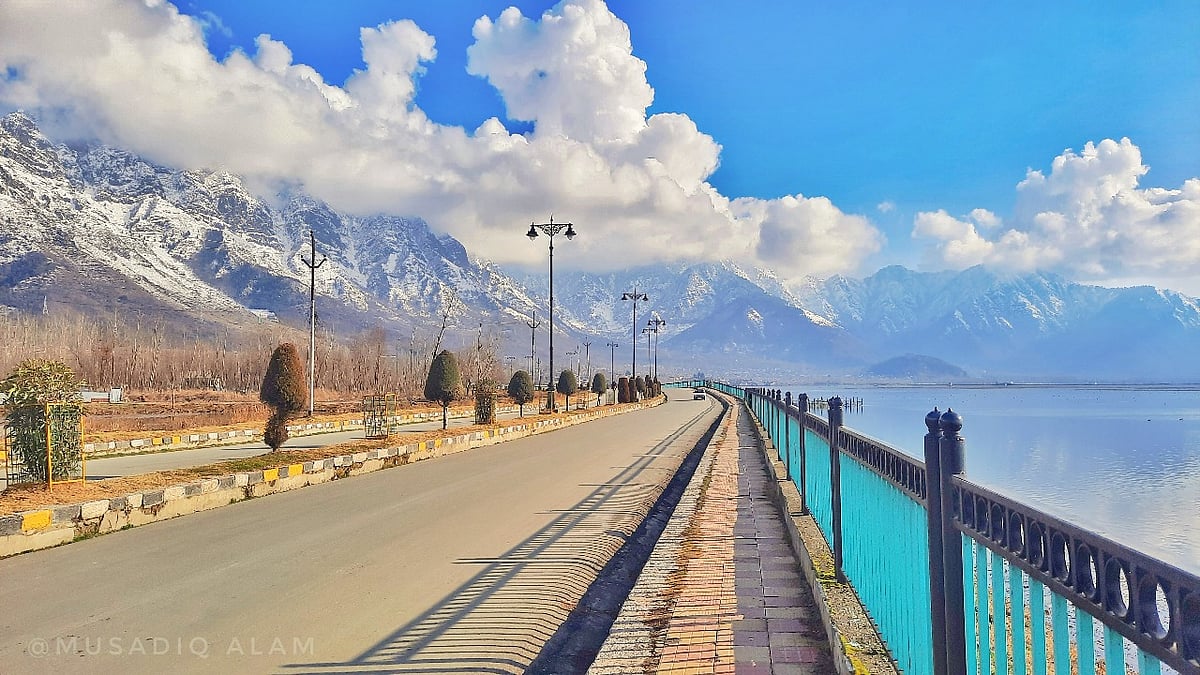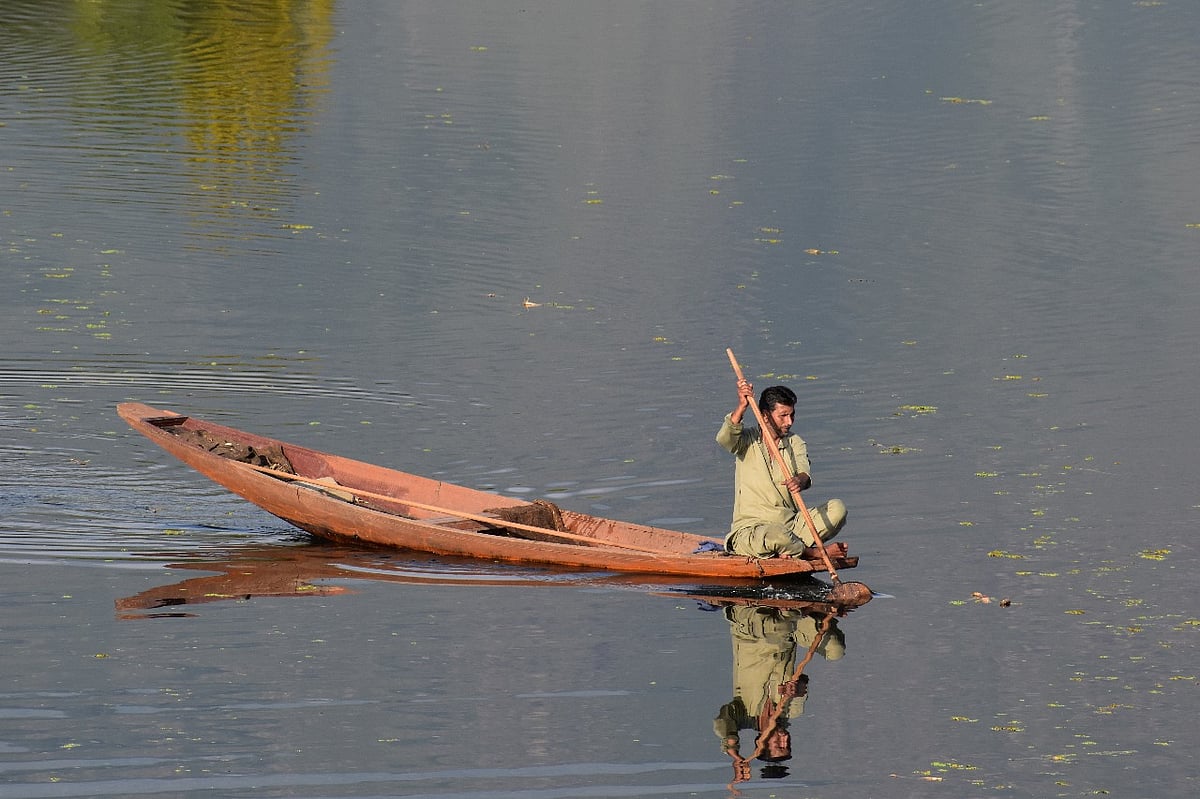Bhoomika, a Delhi-based public-relations professional, still remembers the crisp mountain air and the murmur of a lake near the homestay she and her husband stayed at in Pahalgam in April 2023. The trip left its mark on her, says Bhoomika, for the hospitality of the Kashmiri people. “They treat you like family. If you don’t eat what they offer, they feel hurt—it’s that pure,” she says.
“In a place so beautiful, it’s the people and their culture that stay with you long after you’ve left,” she says. That sentiment now feels like a memory from another time.
On April 22, 2025, Kashmir was bustling with the hum of peak-season travel. The tulip gardens were in bloom and homestays were booked through June.
By nightfall, the mood had collapsed.
Five armed militants opened fire on tourists in the Baisaran Valley near Pahalgam, killing 26 people—25 tourists and a local Muslim pony ride operator who tried to shield them. In the weeks that followed, the tourism sector in the region crumpled almost overnight.
The Season That Vanished
In 2024, Jammu and Kashmir saw a tourist inflow of 2.35 crore visitors, up from 1.13 crore in 2021 and 1.62 crore in 2019—a post-Covid-19 boom that also fuelled a parallel surge in homestay investments. But the attack changed that.
Hotel and homestay bookings turned to 100% cancellations. EMIs loomed over freshly painted homestays. Room rates were slashed by half—from ₹4,500 to ₹2,500—but there were no takers. One homestay owner in Srinagar’s Shalimar neighbourhood, who had recently invested ₹50 lakh in renovations, spoke of zero bookings, despite offering steep discounts.
It was meant to be a golden season. Data reported by the Kashmir News Observer shows that in 2023, 457 new homestays had registered in Jammu and Kashmir, bringing the total to 1,942. Tourism in the region was not only about hotel or homestay bookings, but a deeply interdependent ecosystem of local hiring, transport operators and cultural exchange.
Beenish, who runs a homestay in Rajbagh, a residential neighbourhood in Srinagar, knew this all too well. Her house was full when the attack happened—tulip season had packed every room. Then the news arrived. At first, it felt like a rumour—one tourist dead. Then the numbers started coming in.
“I remember staring blankly at my phone, then at my children playing in the garden, their laughter out of sync with the chaos,” says Beenish.
Then came a knock—guests, trembling and shaken, fleeing from Pahalgam. They had driven through the night, past checkpoints, looking for safety.
“We were already full. But this wasn’t about rooms anymore. We made space. On couches, floors, wherever we could. We sat with them. Held hands,” she says. Some guests cried. Others called home to say, “I’m alive.”
Rooms Without Guests
Musadiq Alam has been hosting guests since 2014 in his three-storey ancestral home. Before that, he was part of line production for the film industry in Kashmir. “But unlike films, which are seasonal, tourism in Kashmir is perennial,” he explains. Wanting something that offered recurring returns, he turned his family house into a homestay—a seven-year journey of renovation, paperwork and patience.
“I renovated my home and made it into a homestay,” Alam says, motioning at the white-walled, green-windowed house. This year, he added a restaurant to it that set him back nearly ₹40 lakh—savings pooled from his father’s government job and his earnings from the film industry.
“There is one girl who cooks, one who helps with the luggage and I manage the online bookings,” he says. Each of them earns around ₹9,000–10,000 a month. At ₹2,000 per night, excluding GST, the rooms are almost always booked out during the season. “Till June 10, we were sold out,” he explains. A good month can bring in nearly ₹2 lakh.
After the attack, everything changed. “We want that chaos, that crowd,” says a local, “but now there’s just a haunted peace.”
Then there is the emotional toll. “My mother weeps as if mourning a family member after the attacks,” says Masood, owner of a tourism company, Unwind Kashmir.
The economic strain is just as visible. Locals who took out loans anticipating a thriving tourist season now scramble to stay afloat, staging road shows and outreach programmes just to bring people back. At Lal Chowk, the heart of Srinagar, parking right in front of the iconic Clock Tower is no problem at all—a sight unimaginable during the peak season, as per Suhail Nisar, a resident of Kashmir.
A walk from Regal Chowk to Ameera Kadal, a stretch of nearly 1.5km, reveals the depth of the crisis: just one tourist couple in sight, while the rest of the way is lined with shuttered shops, idle vendors and an unsettling calm, he adds.
The Economics of Hope
Across Kashmir, the story repeats. Converting ancestral properties or empty land into homestays is a common enough venture here, as “honestly, there isn't an option to do anything else”, says a local, referring to the increasing unemployment in the region.
But for Asia from Harwan in Srinagar, her homestay is a personal triumph. “I always wanted to do something on my own,” she says. “I studied only till class 10 and I wanted to teach children, but my father-in-law didn’t allow it.” Left with few choices, she looked at the two-storey house her in-laws built in 1998 and saw in it a possibility.
Today, seven of its 11 rooms are used for a homestay. Her mother-in-law, husband and their sons are all part of its daily rhythm. “One son helps with the guests and the younger one just cleared class 12,” she says. Guests tell her that it feels like staying in a home, not a hotel. “Whatever I cook for them, I eat the same,” she adds.
Not far away in Srinagar’s Shalimar area, 27-year-old Urbah Nazir Shah is waiting for the stream of tourists to return. Urbah and her sisters run Shahzir, a homestay established in the post-Covid-19 tourism boom. “We saw a huge rise in tourists and decided to transform our home,” she says.
But standing out in Srinagar’s competitive homestay market has a price tag—over ₹50 lakh in renovations, much of it funded by bank loans. The sisters have four helpers, each of whom is paid ₹10,000 a month. In peak season, the homestay generates a revenue of ₹3.5 lakh per month.
“After the attack and the war, we saw 100% cancellations,” says Urbah, who is unsure how long she and her sisters can keep going. “I don’t know how to pay for the ACs we installed or whether we can keep our staff,” she adds.
Ashia shares a similar story. “The room rent is ₹2,000 and we had bookings, but we faced 100% cancellations,” she explains. “We had taken advance payments and spent some of it thinking guests would come. Now, nothing.”
Meanwhile, Musadiq says “Even with airports open, people believe we’re closed.” His earnings have dropped to zero and his only lifeline is hope and savings. “There are one or two bookings for June, but I don’t even know if they’ll show up,” he adds.
Paradise Paused
For years, Kashmir has been celebrated as one of India's premier tourism destinations. Tourism contributes about 7% to Jammu and Kashmir's Gross State Domestic Product. In his budget speech in March this year, Chief Minister Omar Abdullah said he wants to raise this to 15% in the next four to five years.
And that is not all. The government earns direct revenue from the tourism sector through non-tax sources such as entry fees at tourist attractions, bookings at government-run accommodations and charges for permits and services. For the financial year 2025, the government expects to collect ₹50 crore from these sources, a figure that is projected to double to ₹100 crore in financial year 2026.
However, tourism in Kashmir has always been highly vulnerable to terrorist incidents. A prime example is the killing of 21-year-old Hizbul Mujahideen commander Burhan Wani by Indian security forces on July 8, 2016, in Kokernag in Anantnag district.
According to news agency PTI, the unrest led to losses of around ₹3,000 crore for Kashmir’s tourism sector at the peak of the agitation.
Then there was the abrogation of Article 370 in August 2019, which revoked the special status of Jammu and Kashmir, leading to widespread unrest and security measures in the Valley. “The impact was felt more severely in the Kashmir Valley than in Jammu division,” former Union Tourism Minister Prahlad Patel had informed the Rajya Sabha in 2019, eight months after the abrogation.
But while unrest is not new to the valley, this time things feel different. Media professional Suhail, who calls himself a child of conflict, says he grew up amid curfews, tension and disturbances. The region has seen turmoil for over two decades. What’s changed now, he explains, are the expectations. Earlier, people were mentally prepared for instability. Investment in tourism infrastructure was not as heavy and any damage was manageable. But after Covid-19 subsided, tourism surged. For the first time, people believed the tide had turned. Homes were upgraded, vehicles bought for tourist transport, loans taken out and staff hired. There was hope in the air.
So, what now? “You can create violence, kill happiness, but one thing you cannot do is kill hope,” says a local who is hopeful that the Amarnath Yatra will bring more tourists.
That’s what many tourist operators are hoping for as well. For now, travellers are exercising caution. “We’re seeing more trips being postponed rather than cancelled outright. That said, we’ve seen this pattern before and once normalcy returns, demand tends to bounce back in cycles. We expect a similar recovery as clarity and confidence return,” says Manjari Singhal, chief growth and business officer, Cleartrip, an online travel agency.
Some industry players also point out that queries haven’t stopped altogether; they've just become more considered. “We’re seeing interest from solo travellers, younger couples and people who’ve been to Kashmir before and know its spirit. It’s the first-timers and family travellers who are taking a bit longer to decide,” says Karan Agarwal, director of travel company Cox and Kings.
Meanwhile, Ashia says that she is already waiting for people to return. “Imagine so many families under one roof. Home will be home again,” she says.









